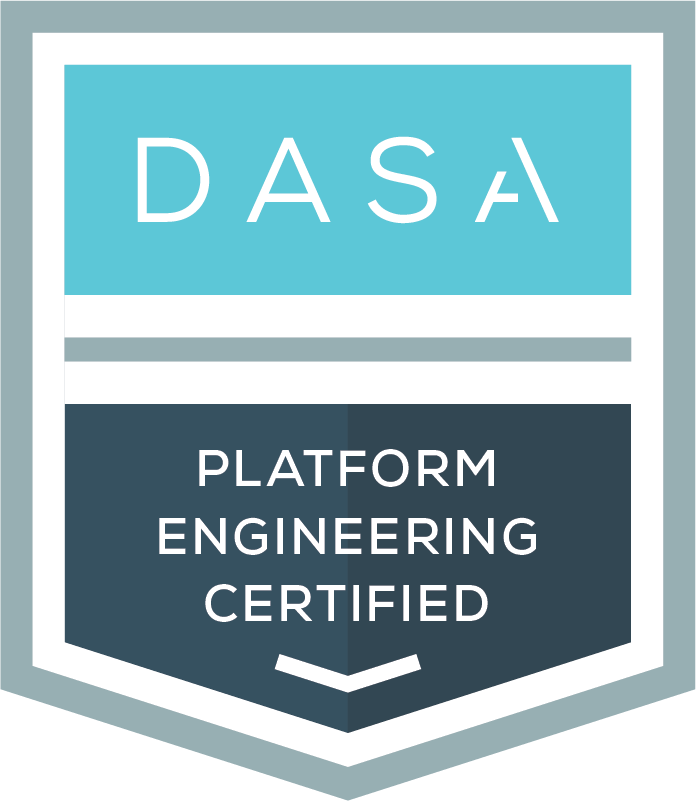According to Gartner’s research, 80% of enterprises will establish platform teams by 2026 as internal providers of reusable IT infrastructure services, components, and tools for smooth application delivery. However, this shift brings unique challenges and risks for enterprises and their leaders. Among these challenges, one of the most critical is the need to adopt a customer-centric approach in platform engineering.
This article explores strategies for adopting a customer-centric and product-oriented mindset, focusing on improving developer experience and treating the platform as a product to better meet user needs.
Understanding the Customer-Centric Approach
Treating the development team as customers is crucial for several reasons.
First, developers are the primary users of the platform, and their experience directly impacts the efficiency and quality of the applications they deliver. If it does not meet their needs, it can lead to frustration, reduced productivity, and ultimately, lower quality software products. The lack of customer-centricity in platform engineering often results in a disconnect between the platform’s capabilities and the developers’ requirements. This misalignment can cause several issues, including underutilized features, increased operational inefficiencies, and lower adoption rates. By failing to treat the platform as a product and the development team as its customers, organizations miss the opportunity to create a more effective and user-friendly platform.
Customer-centric action places customers at the center of organizational success, by thoroughly analyzing the impact of decisions on the customer and aims to ensure a positive customer experience at every stage of the journey. This means continuously assessing and improving the platform based on developer feedback to ensure it meets their needs effectively. A positive developer experience is essential for fostering innovation and efficiency. By including developers in the end-to-end process of flowing value to them, organizations can ensure that their needs are met, leading to higher satisfaction and better overall outcomes.
Implementing Customer-Centric Strategies
Engage with Developers Early and Often
- Hold regular meetings and feedback sessions with development teams to understand their needs and challenges.
- Implement a feedback loop for continuous developer input on platform performance and usability.
Treat the Platform as a Product
- Adopt a product management approach, defining clear product goals, user personas, and use cases based on developer needs.
- Prioritize features and improvements that enhance the developer experience, ensuring platform evolution aligns with user requirements.
Focus on Developer Experience (DX)
- Simplify the onboarding process to help new developers quickly familiarize themselves with the platform.
- Provide comprehensive documentation, tutorials, and support resources to aid developers in utilizing the platform effectively.
- Invest in tooling and automation to streamline development workflows, reducing friction and increasing productivity.
Measure and Improve Customer Experience
- Develop metrics to assess the developer experience, such as satisfaction scores, platform adoption rates, and time-to-value.
- Regularly review these metrics to identify areas for improvement and make data-driven decisions to enhance the platform.
Foster a Culture of Continuous Improvement
- Encourage a mindset of continuous improvement within the platform team, regularly updating and refining the platform based on developer feedback.
- Promote collaboration between the platform team and development teams to ensure the platform remains relevant and valuable.
Adopting a customer-centric mindset is essential for successful platform engineering. By treating the development team as customers and the platform as a product, organizations can create a more user-friendly and effective platform that meets the needs of its users. This approach not only enhances developer satisfaction and productivity but also leads to better overall outcomes for the organization.


DASA Platform Engineering
De-risk, optimize, and get maximum value from the platform engineering initiative.
